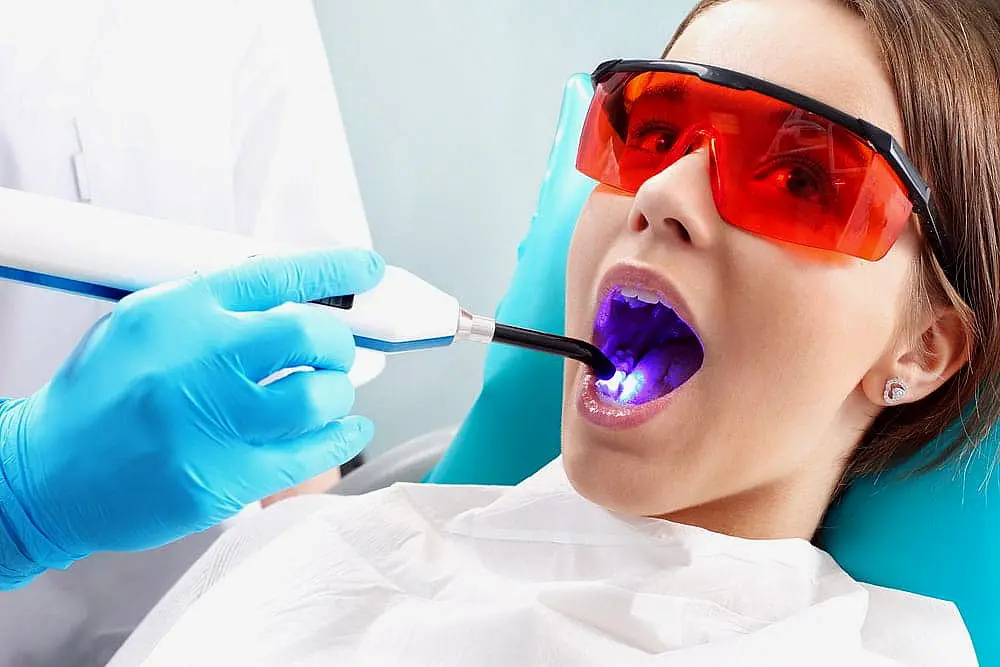Braces vs Invisalign: Which is Best?
The decision between Invisalign (made by Align Technology) and braces to straighten your teeth can feel challenging, including in Sunnyvale TX. It begins with selecting the best orthodontist in Sunnyvale. Both treatment options have their pros and cons. In Sunnyvale TX, the choice depends on individual factors, like your dental needs and daily habits. So who wins the battle of Invisalign vs Braces?
While metal braces and ceramic braces are often preferred by Dr. Jacob for more complicated problems, Invisalign and Invisalign Teen have made significant strides in technology and flexibility to improve your smile. This guide will go into detail about the benefits of these treatments, helping you make the best choice—not just about your orthodontic care but about which office you’ll partner with in Sunnyvale to achieve a stunning, healthy smile.

Factors Influencing Effectiveness of Braces vs Invisalign

Complexity of the Dental Case
Your treatment depends on how complex your situation is. Some methods provide better accuracy and work best for more advanced dental issues. Certain treatments need consistent effort and regular follow-through by the patient.
Someone’s habits and lifestyle may help determine the right choice, as some methods are more predictable and rely less on routine discipline.

Investment and Oral Hygiene
Orthodontic treatment is an investment in yourself. Some methods make it easier to keep your teeth clean, which could reduce the number of cleaning appointments down the road. Certain treatments help eliminate bacteria, promoting healthier gums and teeth for the long term and preventing potential oral health concerns.
Other options require more commitment to keeping your teeth clean, since ignoring oral care can lead to plaque and cavity risks. Keeping up with regular cleaning is vital no matter what.
Orthodontic Treatment Effectiveness in Different Age Groups
Explore how orthodontic treatment varies between children and adults, focusing on growth, lifestyle and the personalized solutions available for each.

Early Orthodontic Treatment in Children
Starting orthodontic treatment early helps direct jaw and teeth development as kids grow. Traditional metal braces are a highly effective and practical choice for younger patients. They address more challenging dental situations with precision, and children often worry less about appearance.
Adult Orthodontics: Invisalign versus Braces
Adults decide on removable or fixed treatments based on lifestyle. Removable options provide ease and a natural look, while fixed choices suit less consistent routines for dependable results. Both methods rely on case complexity and individual preference.
Real-world Applications: Invisalign or Braces?
Debunking Myths Around Braces and Invisalign
Clearing up common misconceptions helps patients make informed decisions about braces and clear aligner treatments.
Myths about Braces
Most people assume braces are just for kids, but adults can benefit from them too. Braces are a proven solution for improving older orthodontic issues in adulthood as well.
Myths about Clear Aligner Therapy
There’s a common misconception that clear aligners cost more than braces, but they can be similarly priced for many cases. While not ideal for severe conditions, clear aligners remain powerful and effective with patient cooperation and thoughtfully designed plans.

Can Extraction Cases be Treated with Clear Aligners
Clear aligners can effectively handle cases that involve tooth extractions when used properly. Success largely depends on patient commitment, as inconsistent wear can slow progress or reduce effectiveness. In some cases, alternative treatments may be needed to achieve the best results, based on the patient’s unique orthodontic needs and goals.
Mechanical Advantages and Disadvantages in Orthodontic Treatments
Fixed appliances work best for complex movements like bite correction or jaw adjustments because they provide precise control. Removable options help simplify certain processes, such as alignment and space closure, but their success depends on patient commitment. The choice ultimately depends on the case’s severity and the patient’s dedication to following the treatment plan.


